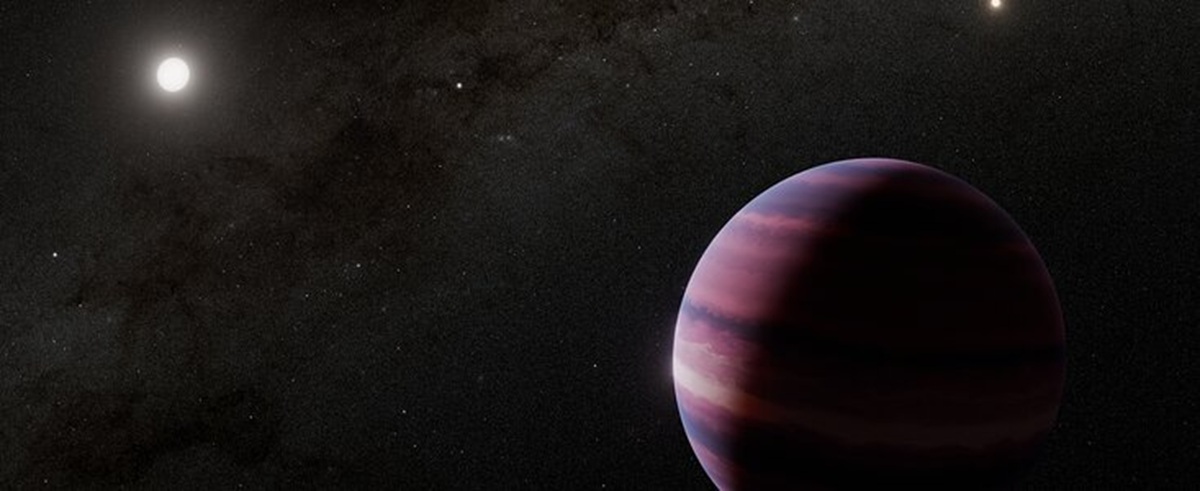An exclusive look at the latest Indian-led astronomical research reveals detailed new maps of the Milky Way’s hidden dust—illuminating how cosmic clouds obscure and shape the stars that light our night sky. Scientists at the Aryabhatta Research Institute of Observational Sciences (ARIES), under India’s Department of Science and Technology, have made significant progress in understanding the invisible interstellar dust that weaves through our galaxy, guiding future discoveries of star formation.
Mapping the Galaxy’s Dusty Veil
The Milky Way, our cosmic home, is not just a brilliant river of starlight; it is veiled by extensive clouds of dust and gas. This dust, though invisible to the naked eye, plays a fundamental role in stargazing, often dimming and reddening the light that actually reaches Earth. This phenomenon, known as ‘extinction’ of starlight, can obscure celestial objects and impact the accuracy of astronomical observations and discoveries.
To peer through this veil, researchers from ARIES harnessed data from more than 6,000 so-called open star clusters—loosely bound groups of stars sharing a common origin within the galactic disk—to trace where dust is densest within the Milky Way. These clusters, which lie close to the thin plane of the Galaxy where interstellar matter abounds, serve as reliable probes of the dust’s distribution.
Uncovering the ‘Reddening Plane’ of the Galaxy
The findings, led by Dr. Y. C. Joshi, upend the simple notion of a flat, symmetrical galactic dust layer. Instead, the team discovered that the dust forms a thin, undulating or “wavy” layer referred to as the “reddening plane”. Unlike the galaxy’s central plane, this dust layer does not align perfectly. It swings up and down across different longitudes in a wave-like pattern.
Remarkably, the majority of this dust is not stacked in the center, but drifts below the galactic mid-plane, placing the Sun about 50 light-years (or roughly 15.7 parsecs) above this cosmic haze. This offset provides crucial context for studying both our solar neighborhood and the wider cosmic environment.
Where the Dust Is Thickest—and Thinnest
In exploring where the Galaxy’s dust clouds accumulate, the team identified significant variations. The greatest concentrations were mapped around a Galactic longitude of 41°, while the dust thins out markedly near longitude 221°. This non-uniformity, with thicker and thinner regions, gives hints of the Milky Way’s dynamic, ever-evolving structure.
Such a patchwork of dense and sparse dust pockets affects where new stars are born. Denser regions mark the locales where interstellar clouds can collapse, kickstarting new cycles of star formation. By pinpointing these dusty environments, astronomers can better predict the birthplaces of future stars.
From Detailed Maps to New Discoveries
Equipped with these data-rich maps, astronomers are set to refine how they measure distances to stars and galaxies lying behind the Milky Way’s dusty curtain. The clearer understanding of the dust’s placement and thickness means fewer errors when correcting for starlight “reddening,” a vital adjustment in all galactic and extragalactic research.
This extensive mapping confirms that most of the interstellar dust is concentrated in a narrow band closely hugging the galactic plane—precisely the zone where star formation is most active. Such findings also help scientists calibrate their instruments and improve models of galactic evolution, benefiting researchers worldwide.
The Promise of New Missions
While the current map is unprecedented in scope, it is only the beginning for India’s ambitions in galactic cartography. The study’s authors underline the need for future observations, especially targeting more distant and less-explored Galactic regions. The upcoming data releases from major international projects like ESA’s Gaia mission and the Vera C. Rubin Observatory’s Legacy Survey of Space and Time (LSST) will further deepen and refine the three-dimensional picture of our galaxy’s dusty skeleton.
India’s contribution through ARIES signals the rising capabilities of the nation’s space science sector. As new instruments come online and as international collaboration intensifies, Indian researchers are well positioned to play pivotal roles in defining the next generation of stellar and galactic studies.
The Road to Star Formation
Understanding how, where, and why stars ignite remains one of the persistent quests of astronomy. The mapping of interstellar dust is not merely a technical achievement; it is a road map to the very processes that create stars, planets, and potentially life itself. Each improvement in dust mapping allows researchers to more accurately trace the evolutionary path of our galaxy and unravel its complex, interconnected history.
India as a Hub for Galactic Science
The ARIES-led study exemplifies India’s strengthening position as a hub for advanced astronomical research. Drawing from vast open clusters and leveraging cutting-edge data like the ESA Gaia Early Data Release, Indian scientists are breaking through the Galactic haze that long frustrated astronomical research. This effort not only enriches the country’s scientific output but also propels the nation’s aspirations for leadership in global space science.
Bridging Local Discovery and International Collaboration
India’s progress, showcased in this dust-mapping achievement, resonates on a global scale. As institutions like ARIES become integral to wider collaborations and data sharing, discoveries made in Indian observatories are informing research strategies for agencies and universities around the world. The result is an increasingly interconnected scientific community, where local discoveries have global implications for astrophysics and cosmology.
Charting the Unseen
As new missions prepare to scan the cosmos and deeper data sets are released, India’s astronomers and their global peers edge ever closer to unlocking the secrets of the Milky Way. The mapping of its dusty “reddening plane” offers both a navigation tool for future research and a testament to human curiosity’s reach—one that now stretches, thanks to India’s scientific vision, deeper into the heart of our galaxy than ever before.





